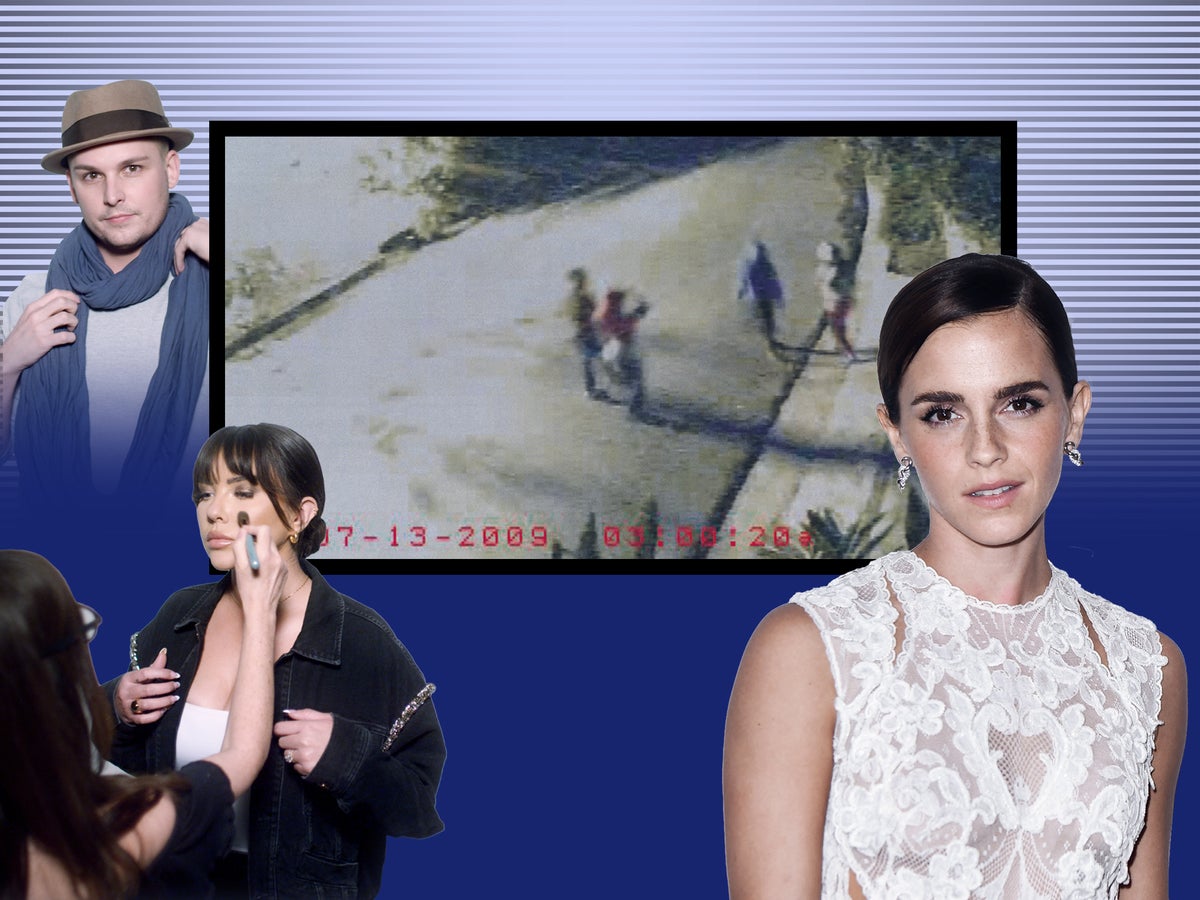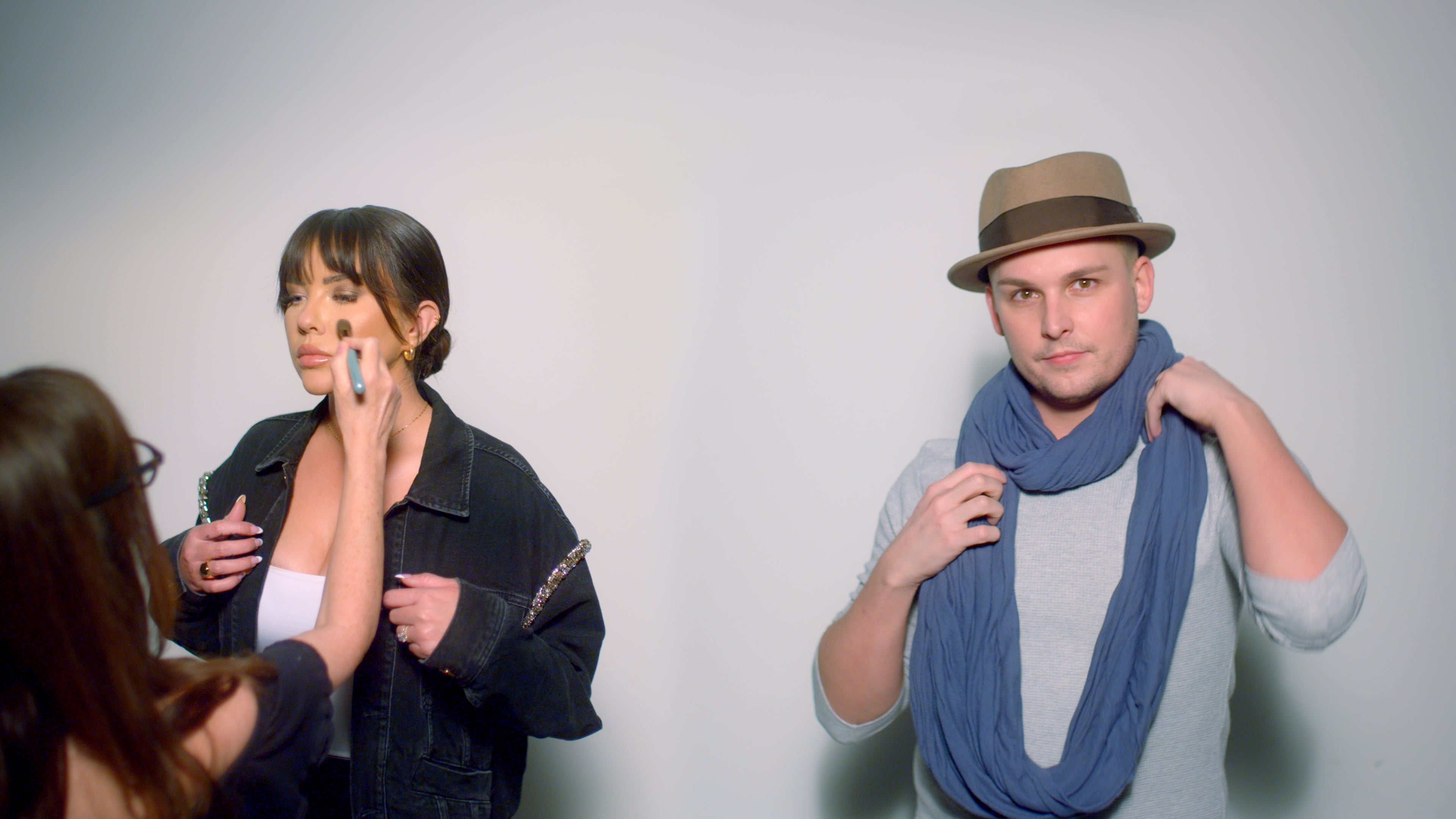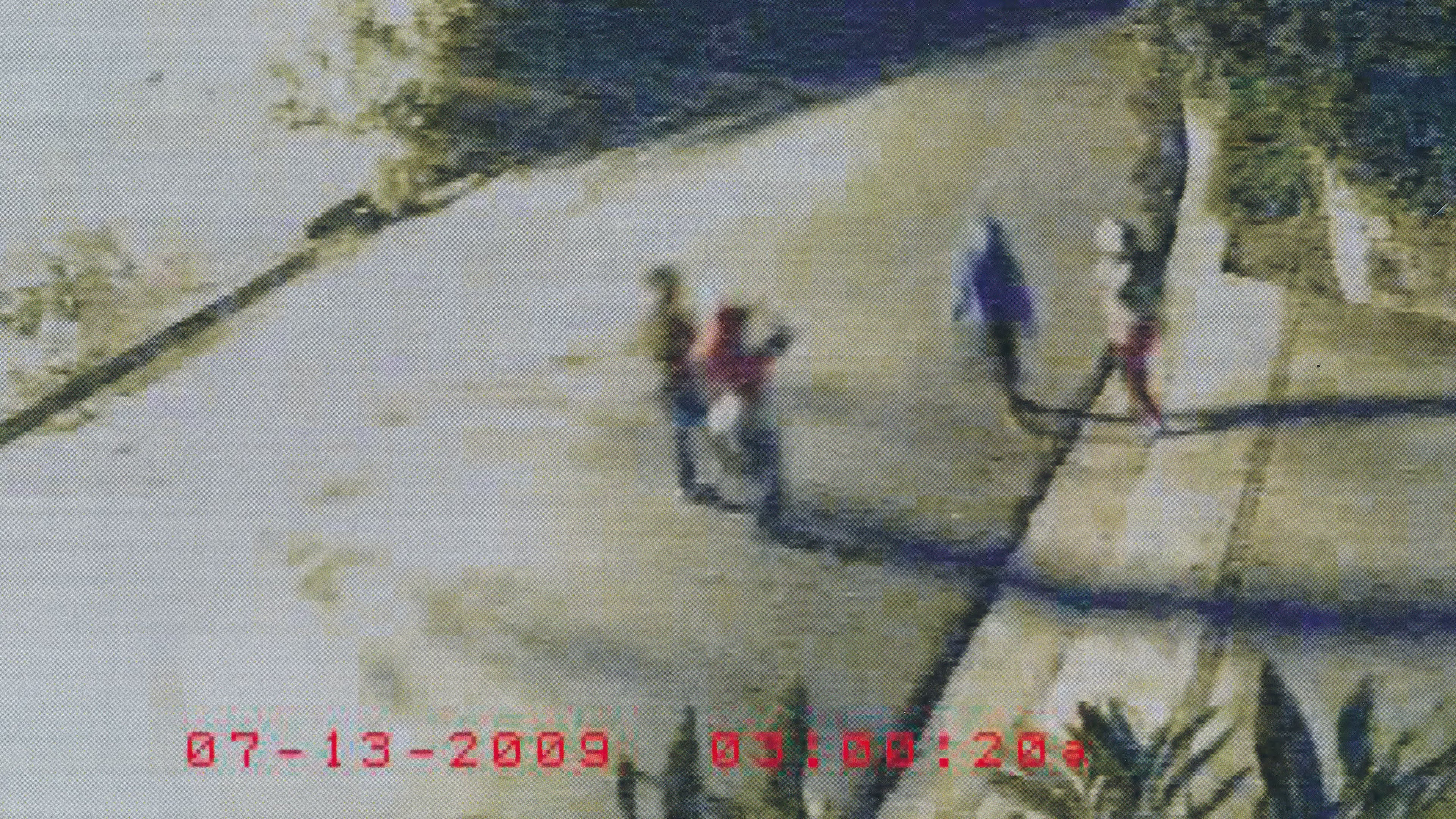
In the late 2000s, a string of robberies befell the rich and famous. Houses in and around Calabasas, California – the flashiest of the flashy neighborhoods, home to Kim Kardashian, Kylie Jenner, Will Smith, and many, many more – were being ransacked. Paris Hilton, Audrina Patridge, Rachel Bilson, Orlando Bloom, and Lindsay Lohan were all targeted in less than a year. When five suspects were arrested between September and October 2009, the media attention was prompt and insatiable: The suspects were all aged between 18 and 19. Some of them were high school classmates. All were teenagers.
Nick Prugo, Rachel Lee, Alexis Neiers, Diana Tamayo, and Courtney Ames became known as the Bling Ring, a nickname packed with all the flavors of a tabloid saga. While the case made its way through the legal system, it also became a pop culture oddity, many times analyzed, deconstructed, and put back together again. There was a Lifetime movie. There was a memorable Vanity Fair write-up by Nancy Jo Sales, titled “The Suspects Wore Louboutins.” Perhaps most notably, there was the 2013 Sofia Coppola movie The Bling Ring, based on Sales’s article, which dramatized the group’s story and even featured Hilton herself.
A new three-part docuseries, Netflix’s The Real Bling Ring, re-examines this mythology. For 13 years now, people have looked at the story with a hunger for yet another narrative about fame, wealth, and those who would do anything they could to obtain them. The kids in the Bling Ring wanted to be famous, we have been told. They yearned to become the very celebrities whose designer dresses and cash they pilfered.
It was a narrative that made sense. It wasn’t hard to believe in the idea of a group of teenagers so fame-hungry and looks-obsessed they became criminals. I had never heard of the Bling Ring until Coppola’s movie came out in 2013. For years after, their story was, in my mind, impossible to dissociate from Coppola’s skilled dramatization. The words “Bling Ring” immediately called to mind an American-absented Emma Watson – who portrayed a character based on Neiers in the movie – impishly telling her friends: “I wanna rob.”
But there is another narrative to be found in The Real Bling Ring. Look past the documentary’s styling effects – such as scripted voiceovers by Neiers and Prugo, the only members of the Bling Ring who participated in the series – and you will see a new story emerge. One more banal, more believable, and altogether more human than the one we have heard until now.


This oral history of the Bling Ring, at times fractured, is based primarily on the firsthand accounts of Prugo and Neiers, whose memories sometimes clash spectacularly. Yet, they both agree that things started on Prugo’s side, after he met Lee. (Lee did not participate in the documentary, and did not comment when The Real Bling Ring contacted her, according to a disclaimer at the end of the program.) Per Prugo’s recollection, it all began after Lee, on her way back from a party with Prugo, pulled on the door handle of a car only for the vehicle to open. The two stole from the car, and “ended up with all these credit cards,” Prugo says in the show.
Presumably high from the thrill of the steal, Lee and Prugo kept going. Every time they left a party, they’d do “this thing we called ‘checking cars,’” Prugo says, meaning the two looked for unlocked cars to rob. One night, according to Prugo, Lee stole one of the cars after finding its key.
That’s how it began. Not with celebrities. Not with gossip websites. Not with Paris Hilton’s house. But with two adolescents robbing their neighborhood cars. The Bling Ring story, at its heart, began with petty theft – and escalated quickly.

This isn’t to say that the Bling Ring saga is entirely detached from materialism and status. “We felt like we were such hot s***,” Prugo says in the series of driving around in the stolen car. “It made me feel like who I was. I felt like it was a reflection of me. It was a great feeling.”
It’s impossible to ignore, too, that the Bling Ring’s antics were in part shaped by the shifting geometry of their teenage friendships. “I was not raised to steal. I had never stolen,” Prugo says. “But with Rachel, I’d never had a friendship like that. It gave me that confidence, and I didn’t want to give that up.” Later on, when the group grows from two to four to go rob Orlando Bloom’s house, it’s only because of tensions between its members: the way Prugo recalls it, Lee wanted to bring Tamayo, which made him feel like he’d been “traded in” as a friend, and so he brought Neiers.
Both Neiers’s and Prugo’s recollections of Neiers’s involvement with the group differ widely. Prugo contends Neiers asked to join; Neiers denies that, but says she was “open to the idea of robbing a house to get money for drugs.” Neiers is steadfast in that characterization: She was addicted to opiates and benzodiazepines, and to her, the robbery of Bloom’s house served an entirely utilitarian purpose. Neiers contends she doesn’t remember the robbery in full, “because I was under the influence of opiates and benzos.” (Prugo maintains she was “not out of it.”) Neiers says she “wasn’t aware of whose house it was” the night the group robbed Bloom’s home; Prugo says she was “very much aware that she was outside of Orlando Bloom’s house.”
As for Prugo’s motive, throughout the documentary, he presents the robberies as a way to secure friendships through material ways. He paid for drinks. He redistributed stolen designer clothes. (Neiers says she didn’t know where the clothes came from and was under the impression Prugo was a stylist; Prugo asserts the contrary.) “I never knew how to make genuine friendships and connections without showing off,” Prugo says. “I was trying to buy a friendship, in a sense.”

So why were the teens robbing celebrities, when they could have targeted anyone else? Again, the way Prugo recalls it, it was in large part a matter of practicality. Through news and gossip websites, the group found out which celebrities were going to be out of town. They found their addresses online and studied their properties’ terrain, also online. “The personality that [Hilton] gave off on her reality show [The Simple Life] was [that of] a ditzy blonde,” Prugo says bluntly. “So we thought she would be more prone to maybe leaving something unlocked.” The Bling Ring didn’t rob the celebrities they admired, at least not at first. They robbed the ones they thought might leave the door open.
The documentary cares to humanize those celebrities too. A question that will often surface when the Bling Ring is discussed is the victims’ wealth: Do these ultra-rich people really care about missing possessions? Did they even notice? Is that really going to hurt them?
Materially, perhaps not, at least on the surface, but there is a form of victimization here: Audrina Patridge, once a star of The Hills and the only one of the group’s targets to have participated in The Real Bling Ring, recalls fearing for her life when she realized someone had broken into her home.Watching surveillance video of the robbery, she experiences an evident feeling of violation.
“It’s sickening to watch,” she says. “... They took sentimental things that were passed down from grandmothers and great-grandmothers.” The robbery, she says, left her “more guarded and not trusting of anyone or anything.” Later on, Christine Kee, a deputy district attorney at the Los Angeles County District Attorney’s Office, calls residential burglary a “very serious offense”, because “you can never regain that sense of safety within your own home.”
Prugo, Neiers, Lee, and Tamayo all pleaded no contest in the case. Prugo was sentenced to two years in jail and ultimately served one. According to The Real Bling Ring, he runs an online business with his husband and has applied for a governor’s pardon as well as a certificate of rehabilitation. Neiers was sentenced to 180 days in county jail (she ended up serving one month) and three year of probation. She now works as an advocate for people with substance abuse, has been sober for 11 years, and has two children. Lee was sentenced to four years in prison and served 16 months. According to US Weekly, she graduated from cosmetology school as a hairstylist in 2018. Tamayo was sentenced to three years of probation. Both she and Lee have largely avoided the public eye over recent years.
If there is a timeless narrative to be found in the Bling Ring, it is less about teenagers’ purported obsession with fame, and more about the shifting shape of celebrity. The late 2000s marked a time when reality TV, shows such as MTV’s Cribs, and websites like TMZ and Perez Hilton’s blog (all referenced in The Real Bling Ring) collided to create an unprecedented feeling of intimacy and immediacy between stars and their public. The lines seemed to blur between celebrities and the rest of us.
The Bling Ring happened right at the onset of the social media boom. By taking control of their own platforms, celebrities found ways to foster an impression of intimacy between themselves and the public, often on their own terms. But there is a fallacy in this impression of proximity: of course, celebrities have remained remote, and their lifestyles unattainable. That has always been the whole point.







